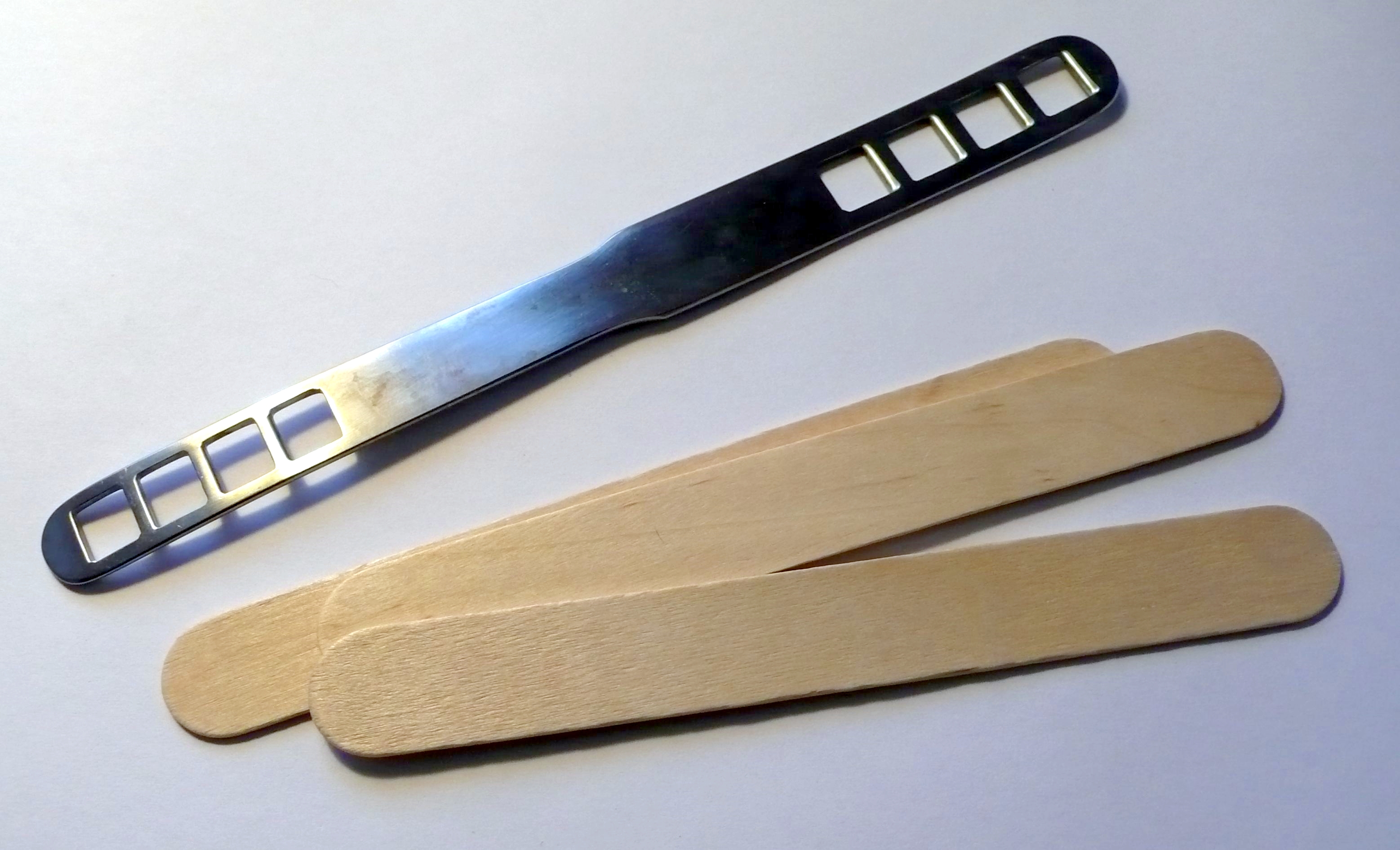|
Shirley Drain
The Shirley wound drain or sump drain is a suction Suction is the day-to-day term for the movement of gases or liquids along a pressure gradient with the implication that the movement occurs because the lower pressure pulls the gas or liquid. However, the forces acting in this case do not orig ... drain with an intake tube that provides air to the bottom of the main tube. This allows a continuous flow of suction so that the tube doesn't get blocked. The Shirley drain is a double-lumen drainage tube intended to aspirate efficiently the contents of a fresh surgical wound. It removes the blood oozing from the walls of the wound cavity before it clots. History The Shirley drain was invented in 1957 by surgeon and inventor Dr. Harold W. Andersen. References Medical equipment Medical pumps {{medical-equipment-stub ... [...More Info...] [...Related Items...] OR: [Wikipedia] [Google] [Baidu] |
Suction (medicine)
In medicine, devices are sometimes necessary to create suction. Suction may be used to clear the airway of blood, saliva, vomit, or other secretion Secretion is the movement of material from one point to another, such as a secreted chemical substance from a cell or gland. In contrast, excretion is the removal of certain substances or waste products from a cell or organism. The classical mec ...s so that a patient may breathe. Suctioning can prevent pulmonary aspiration, which can lead to lung infections. In pulmonary hygiene, suction is used to remove fluids from the airways, to facilitate breathing and prevent growth of microorganisms. Small suction-providing devices are often called Aspirator (medical device), aspirators. In surgery suction can be used to remove blood from the area being operated on to allow surgeons to view and work on the area. Suction may also be used to remove blood that has built up within the skull after an intracranial hemorrhage. Suction device ... [...More Info...] [...Related Items...] OR: [Wikipedia] [Google] [Baidu] |
Tracheal Intubation
Tracheal intubation, usually simply referred to as intubation, is the placement of a flexible plastic catheter, tube into the vertebrate trachea, trachea (windpipe) to maintain an open airway or to serve as a conduit through which to administer certain drugs. It is frequently performed in critically injured, ill, or anesthetized patients to facilitate Ventilation (physiology), ventilation of the lungs, including mechanical ventilation, and to prevent the possibility of asphyxiation or airway obstruction. The most widely used route is orotracheal, in which an tracheal tube, endotracheal tube is passed through the mouth and larynx, vocal apparatus into the trachea. In a nasotracheal procedure, an endotracheal tube is passed through the nose and vocal apparatus into the trachea. Other methods of intubation involve surgery and include the cricothyrotomy (used almost exclusively in emergency circumstances) and the tracheotomy, used primarily in situations where a prolonged need for air ... [...More Info...] [...Related Items...] OR: [Wikipedia] [Google] [Baidu] |
Coagulation
Coagulation, also known as clotting, is the process by which blood changes from a liquid to a gel, forming a thrombus, blood clot. It results in hemostasis, the cessation of blood loss from a damaged vessel, followed by repair. The process of coagulation involves Platelet-activating factor, activation, Cell adhesion, adhesion and aggregation of platelets, as well as deposition and maturation of fibrin. Coagulation begins almost instantly after an injury to the endothelium that lines a blood vessel. Exposure of blood to the subendothelial space initiates two processes: changes in platelets, and the exposure of subendothelial Tissue factor, platelet tissue factor to coagulation factor VII, which ultimately leads to cross-linked fibrin formation. Platelets immediately form a plug at the site of injury; this is called ''primary hemostasis. Secondary hemostasis'' occurs simultaneously: additional coagulation factors beyond factor VII (#Coagulation factors, listed below) respond in a c ... [...More Info...] [...Related Items...] OR: [Wikipedia] [Google] [Baidu] |
Medical Equipment
A medical device is any device intended to be used for medical purposes. Significant potential for hazards are inherent when using a device for medical purposes and thus medical devices must be proved safe and effective with reasonable assurance before regulating governments allow marketing of the device in their country. As a general rule, as the associated risk of the device increases the amount of testing required to establish safety and efficacy also increases. Further, as associated risk increases the potential benefit to the patient must also increase. Discovery of what would be considered a medical device by modern standards dates as far back as in Baluchistan where Neolithic dentists used flint-tipped drills and bowstrings. Study of Archaeology, archeology and Roman medical literature also indicate that many types of medical devices were in widespread use during the time of ancient Rome. In the United States it was not until the Federal Food, Drug, and Cosmetic Act ( ... [...More Info...] [...Related Items...] OR: [Wikipedia] [Google] [Baidu] |


